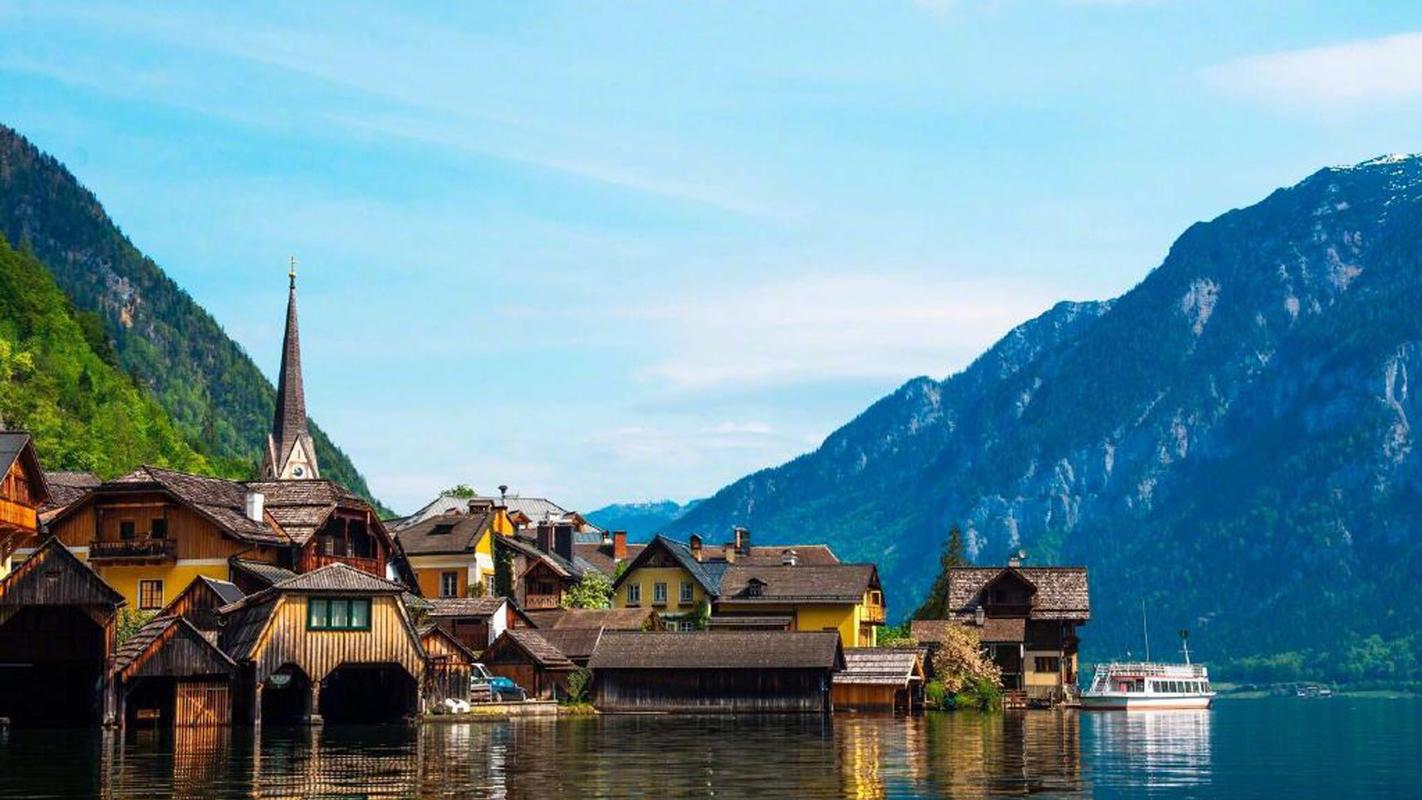Preserving Cultural Heritage: A Responsibility Towards Human Rights
Cultural heritage is an essential aspect of humanity that reflects our history, values, and beliefs. It encompasses the tangible and intangible elements that contribute to the identity of people and societies, such as monuments, artifacts, traditions, and customs. However, many cultural heritage sites and artifacts are under threat due to various factors, such as conflicts, natural disasters, urbanization, tourism, and neglect. As a result, preserving cultural heritage has become a critical issue that goes beyond aesthetics and economics, but as a responsibility towards human rights.
The Protection of Cultural Heritage as a Human Right
The protection of cultural heritage is a fundamental human right recognized in several international treaties and conventions, such as the Universal Declaration of Human Rights, the Convention concerning the Protection of the World Cultural and Natural Heritage, and the Hague Convention for the Protection of Cultural Property in the Event of Armed Conflict. These instruments emphasize the importance of safeguarding cultural heritage as a means of maintaining a sustainable and diverse world, promoting mutual understanding and respect across cultures, and preserving memories and identities for future generations.
Moreover, a cultural heritage is a manifestation of collective human creativity and knowledge that should be accessible to all, regardless of their background or social status. The loss or destruction of cultural heritage can result in social and psychological harm, contribute to the erasure of cultural diversity, and hinder reconciliation and healing from past traumas.
Challenges to Preserving Cultural Heritage
Despite the recognition of the importance of preserving cultural heritage, numerous challenges impede its protection and conservation. One of the significant challenges is armed conflict, which often targets cultural heritage sites and artifacts as a means of erasing the cultural and historical identities of the opposing group. Examples of such destruction include the Bamiyan Buddhas in Afghanistan and the ancient city of Palmyra in Syria.
Another challenge is urbanization and development, which often lead to the destruction or alteration of cultural heritage sites due to the expansion of infrastructure, population growth, and tourism. In some cases, the exploitation of cultural heritage sites for economic purposes can cause irreversible damage to the monuments or artifacts themselves, as well as the environment and communities surrounding them.
Preserving Cultural Heritage: The Way Forward
Preserving cultural heritage requires a coordinated effort between governments, international organizations, and civil society. It involves taking measures to prevent or minimize the risks to cultural heritage sites and artifacts and to promote their accessibility and sustainability. Some of the ways to preserve cultural heritage include:
– Raising awareness and education about the value of cultural heritage and the need for its protection.
– Establishing legal and institutional frameworks that provide for the protection of cultural heritage and its incorporation into development plans.
– Encouraging partnerships and collaboration among stakeholders, such as heritage communities, NGOs, and private sector entities.
– Providing technical and financial support for conservation and restoration activities.
– Enhancing international cooperation and coordination in the protection of cultural heritage, including through the establishment of emergency response mechanisms during times of conflict or crisis.
Conclusion
The preservation of cultural heritage is not only a matter of aesthetics or historical value, but as a responsibility towards human rights. Cultural heritage is an essential aspect of humanity that reflects our history, values, and beliefs, and its destruction or loss can have detrimental effects on individual and collective identities, cultural diversity, and social cohesion. Preserving and protecting cultural heritage is therefore a shared responsibility that requires a multifaceted and collaborative approach. By prioritizing the protection of cultural heritage, we can contribute to a more sustainable, diverse, and peaceful world.
(Note: Do you have knowledge or insights to share? Unlock new opportunities and expand your reach by joining our authors team. Click Registration to join us and share your expertise with our readers.)
